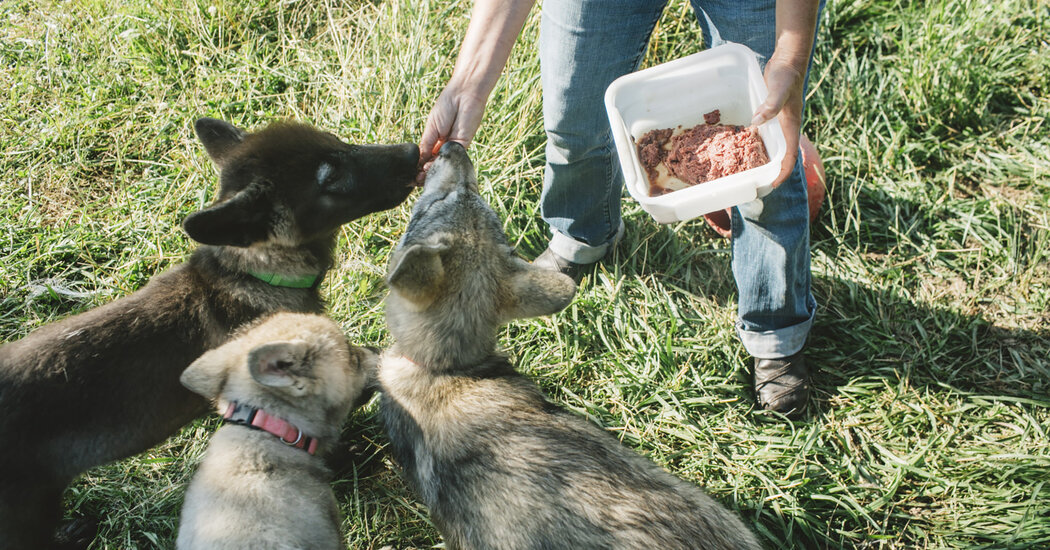
Dr. Lahtenen and her colleagues take the competition out of the equation. In winter, Ice Age humans had to abandon plants, depending on hunting. But people cannot live on protein alone. Ultimately they starve or develop protein poisoning. They need the fat, so they mainly ate the fatty portions of the prey, leaving some lean meat. Wolves, which have different digestive systems, can survive for a long time on pure protein.
Among the human hunters in the Arctic, the researchers say in their paper, animal protein could have provided up to 45 percent of the calories needed in the winter. They also calculated the amount of prey protein available to wolves in the Ice Age, and showed that they have a protein that “exceeds the limits that can be consumed by humans.” People and wolves hunt similar species, so if humans were to consume the same animals, they would have protein overload who killed them.
Humans, including modern hunters, have a strange habit of feeding and keeping other animals, at least for a while. So the authors tend to the idea of different human gangs from time to time kidnapping a wolf pup. Ultimately, the two species grew from each other and the new canine wolves became beneficial. After several thousand years, we have epidemic dogs.
A hypothesis is only an idea of what might happen, not a proof of what happened. But Naomi Sykes, a zoologist at the University of Exeter in Britain, who has reviewed the paper for publication, said she believes the researchers made two important points. “The first is their suggestion that there will be minimal food competition between humans and wolves.” The second, she said, is that their hypothesis “reverses the idea of domestication” for people who feed animals rather than raising them to eat.
She said archaeological discoveries indicate that the domestication of chickens, rabbits, horses and other animals may have started with the deliberate feeding of the animals. In some early discoveries, she said, ancient bones show that animals were “preserved, cared for, and even worshiped rather than eaten.”






